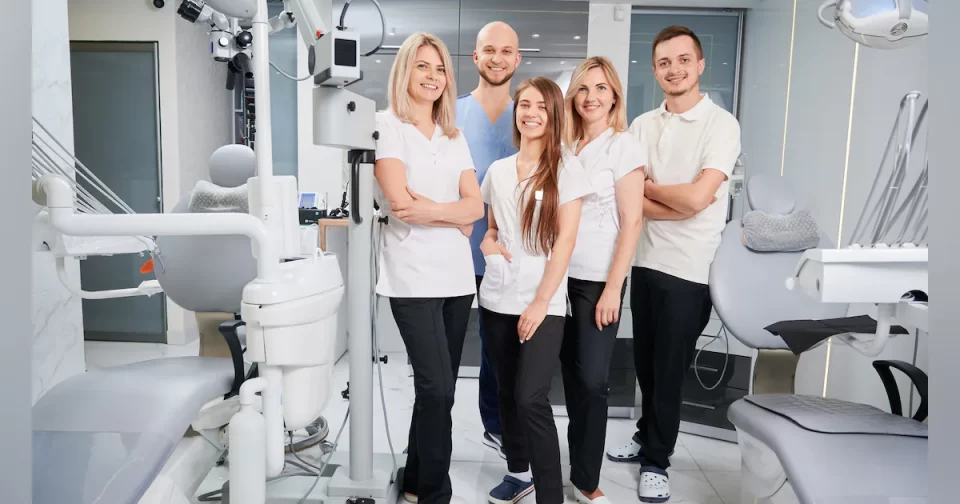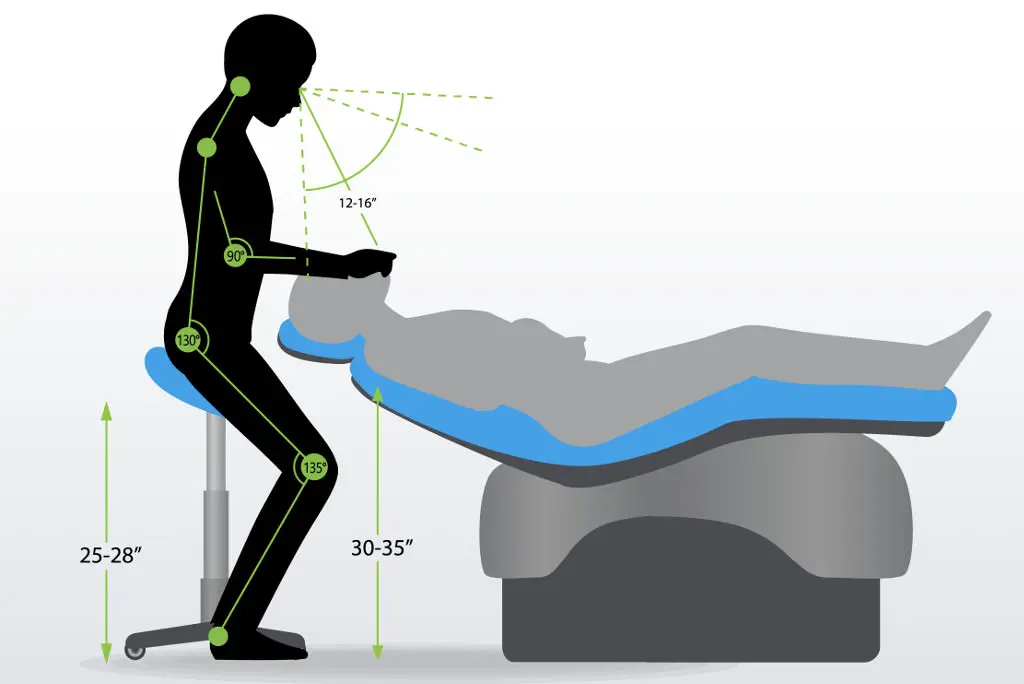In the world of dentistry, acquiring new patients is essential, but retaining existing ones is equally, if not more, important. Patient retention not only sustains your practice’s growth but also contributes to a strong reputation and consistent revenue streams. Implementing effective patient retention strategies can lead to long-lasting relationships, improved oral health for your patients, and a thriving dental practice. Here are some key strategies every dentist should consider:
- Exceptional Patient Experience:
- Deliver an exceptional patient experience from the moment they walk into your practice. Train your staff to be welcoming, empathetic, and attentive to patients’ needs. Creating a comfortable and positive environment can foster trust and encourage patients to return.
- Personalized Communication:
- Treat your patients as individuals with unique needs. Use personalized communication, addressing them by their names, remembering their treatment history, and sending personalized reminders for appointments and follow-ups. This personal touch enhances the patient-doctor relationship.
- Effective Communication Channels:
- Utilize various communication channels to stay connected with your patients. This could include emails, text messages, social media, and even traditional mail. Keep them informed about dental health tips, upcoming promotions, or any changes in your practice.
- Regular Follow-Ups:
- Implement a system for follow-up calls or messages after significant treatments. Inquire about their well-being and comfort post-treatment. This shows that you genuinely care about their experience beyond the chair.
- The frequency and timing of follow-ups with a new dental patient can vary based on factors such as the nature of the treatment, the patient’s needs, and the practice’s communication approach. Here’s a general guideline:
- Initial Follow-Up: After a patient’s initial visit, it’s important to follow up within a day or two to express gratitude for choosing your practice and to ensure they had a positive experience. This could be a simple thank-you email or a personalized phone call.
- Treatment Plan Review: If the patient requires further treatments or procedures, schedule a follow-up to discuss the proposed treatment plan. This could be done in person or over the phone. Clarify any doubts, address concerns, and provide an estimated timeline for their next appointment.
- Post-Treatment Follow-Up: After a significant treatment, such as a complex procedure or surgery, reach out to the patient within a few days to check on their recovery progress. Ask about any discomfort, and provide post-operative care instructions.
- Appointment Reminders: Prior to their scheduled appointments, send appointment reminders through emails, text messages, or phone calls. These reminders can help reduce no-shows and ensure patients are prepared for their visits.
- Regular Recall Reminders: For routine check-ups and preventive care, implement a recall system that sends reminders to patients based on their individual treatment plans. These reminders can be sent at regular intervals, such as every six months or annually.
- Long-Term Follow-Up: After a patient completes their treatment plan or has been visiting your practice for some time, consider periodic follow-ups to check on their oral health and inquire about their satisfaction with the care they’ve received.
- Surveys and Feedback: Occasionally, send patient satisfaction surveys or feedback forms to gather insights on their experiences. Use this feedback to improve your practice and demonstrate your commitment to their comfort and well-being.
- Special Occasions: Send personalized messages on birthdays or practice anniversaries. These small gestures show that you value the patient’s relationship beyond their appointments.
- Loyalty Programs:
- Introduce loyalty programs that reward patients for their continued support. This could include discounts on treatments, free preventive services, or exclusive perks for long-standing patients.
- Educational Content:
- Offer educational content on your website, blog, or social media platforms. Share informative articles, videos, and infographics about oral hygiene, preventive care, and the importance of regular dental visits. Position yourself as a source of reliable information.
- Recall Reminders:
- Develop a systematic recall system that sends reminders to patients when it’s time for their regular check-ups and cleanings. Make scheduling appointments easy, and emphasize the significance of preventive care.
- Online Presence:
- Maintain an active online presence to engage with patients outside of their appointments. Respond promptly to online reviews and comments, addressing any concerns or feedback. A positive online reputation can attract and retain patients.
- Special Events and Promotions:
- Host special events or promotions for your loyal patients. Celebrate milestones like practice anniversaries or introduce limited-time offers exclusive to existing patients. This fosters a sense of belonging and appreciation.
- Continuous Improvement:
- Regularly assess your patient retention strategies and seek feedback from your patients. Identify areas for improvement and adapt your approach based on their preferences and suggestions.
- Flexible Payment Options:
- Offer flexible payment options, especially for long-term treatment plans. Financial flexibility can reduce barriers and encourage patients to commit to comprehensive treatment.
- Value-Added Services:
- Consider offering value-added services such as extended office hours, same-day emergency appointments, or virtual consultations. These extra conveniences can set your practice apart and enhance patient loyalty.
In conclusion, patient retention is the cornerstone of a successful dental practice. By providing outstanding patient experiences, maintaining effective communication, and implementing thoughtful strategies, you can build lasting relationships that benefit both your patients and your practice. Remember, a satisfied patient is not just a one-time visitor; they’re an advocate for your practice and a source of referrals for years to come.
















